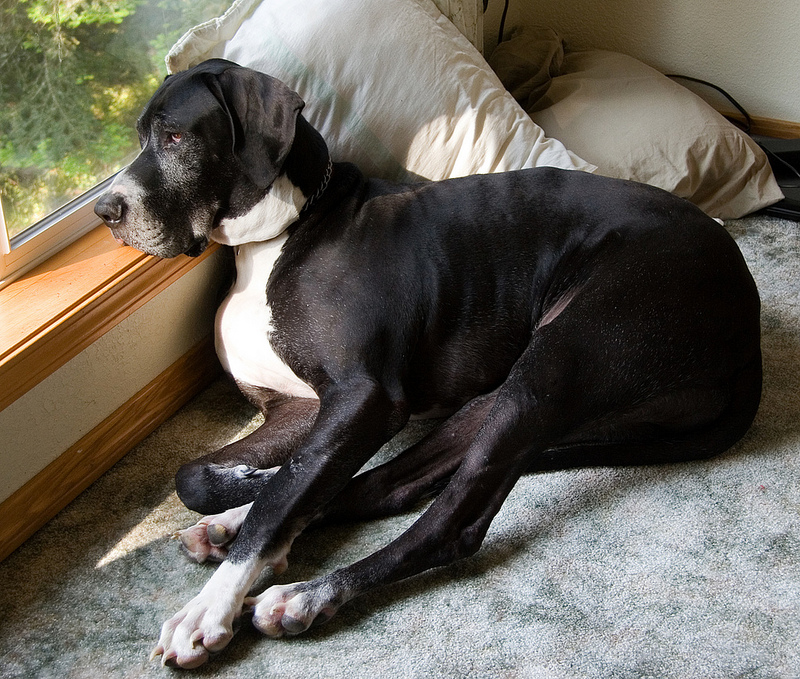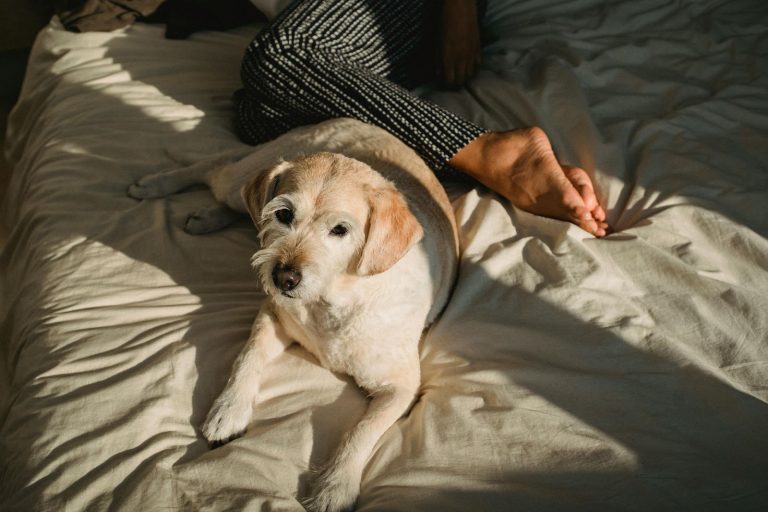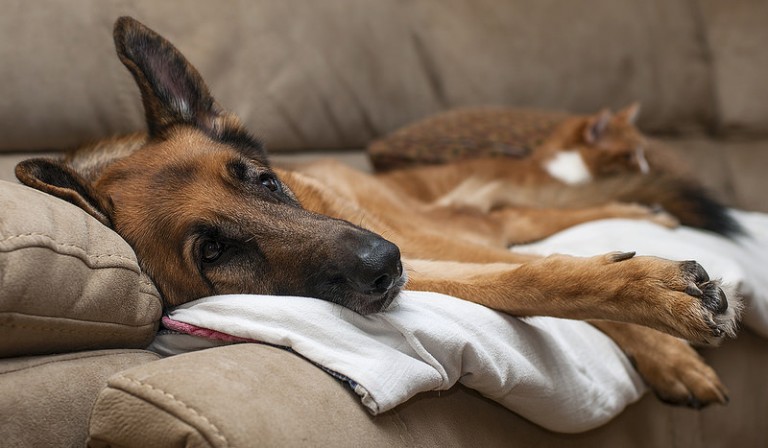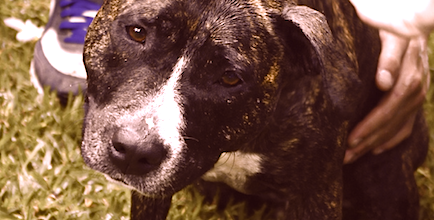Bone Cancer in Dogs (Osteosarcoma and Chondrosarcoma)
Bone cancer in dogs is a serious condition. Here’s some more information on bone cancer in dogs including symptoms, causes, and treatment.

Bone cancer in dogs is rather uncommon — but when it does happen, it is a serious condition.
Bizarrely, bone cancer mainly occurs in larger dogs, especially giant breeds.
This is so much the case that it is very rare indeed in dogs weighing less than 33 pounds, and in my 27 years in practice, I have had only one Cairn terrier with a suspected bone tumor, but it turned out to be a bone infection (he responded to antibiotics and is still fit and well today).

Don’t leave your pet’s safety to chance
Sign up for Petful recall alerts today.

Types of Bone Cancer in Dogs
The 2 most common bone cancers are osteosarcoma (arising from the bone) and chondrosarcoma (arising from cartilage). Of these, osteosarcoma in dogs is 4 times more common than chondrosarcoma.
The nature of bone cancers is to spread via the bloodstream to other parts of the body, such as the lungs, liver or kidney. It’s important to see if any spreading has already occurred before putting your dog through major surgery.
Bone Cancer in Dogs Symptoms
I wish I could say bone tumors weren’t sore, but unfortunately, dogs with this condition can hardly bear to touch the affected limb to the ground.
You may even notice a distinct swelling over a bone or joint that feels hot and that the dog is unhappy about you touching.
Certain locations are more likely to develop cancer, such as:
- The upper arm (humerus), near the shoulder
- The forearm (radius), close to the wrist
- The thigh bone (femur), close to the knee
- The shin bone (tibia), near the knee
Should your dog be lame with a hot, firm swelling over a bone, have a vet check him out.
What Causes Bone Cancer in Dogs?
No one knows why larger breeds are more at risk than smaller breeds for bone cancer, but one theory suggests that micro-fractures in early life may be responsible.
Micro-fractures happen when rapidly growing bones are placed under stress. By their nature, giant breeds have a lot of growing to do, and their young bones may be more vulnerable to microscopic fractures that show no symptoms at the time or those that can be put down to “growing pains.”
Diagnosis
There is no specific veterinary blood test for bone cancer, and routine blood screens will only show nonspecific changes that suggest tissue damage. The first step is taking radiographs to assess bone health.
Dogs with bone cancer feel sore because of active destruction and inflammation, seen on X-rays as areas of bone thinning and changes in the pattern of the membrane (periosteum) covering the bone.
Veterinarians must also radiograph the dog’s chest to screen him for secondary tumors that may have spread. This information helps you make the best decision about whether you should put a pet through major surgery or not.
While X-rays can be highly suggestive of bone cancer, a definite diagnosis is made by biopsy. To do this, the pet needs a full general anesthetic and the vet will use a special needle to harvest a sample of the diseased bone.
It is important, however, to weigh the pros and cons of getting a definite answer, because taking a biopsy from an already weakened bone can predispose it to a pathological fracture.
In the video below, Dr. Pam Wiltzius, DVM, of River Road Animal Hospital in Puyallup, Washington, discusses diagnosis of bone cancer in dogs, with a focus on osteosarcoma:
Bone Cancer in Dogs Treatment
Pain relief is critical, and strong analgesics from the morphine family may be necessary.
Chemotherapy is not effective in controlling tumor growth — the best chance to extend the pet’s life, and limit pain, is to amputate the diseased bone. Commonly, legs are affected, so this means amputating the limb.
This sounds like a drastic step, but as an old veterinary saying goes, “Dogs (and cats) have 3 legs and a spare.” It is amazing just how well most dogs cope on 3 legs, and amputation is definitely worth considering.
The exceptions, mobility-wise, are giant breed dogs who may struggle to get around. In general, your veterinarian will guide you to the kindest option. If the patient already has secondary spreading of the cancer, then it may be necessary to put quality of life before length of life.
How to Prevent Bone Cancer in Dogs
Because of the suspected link between rapid bone growth, micro-fractures and bone cancer, it is sensible to optimize your giant breed dog’s diet and exercise in early life. Give him food designed to supply the nutritional needs of growing large bones. Also, don’t exercise him excessively while his skeleton is maturing.
This is not something to panic about, especially given that bone cancer is rare, but it makes sense to take whatever precautions you can to ensure healthy bones and joints in later life. Check-ups with your vet on a regular basis can also help you stay on top of your dog’s health.
Frequently Asked Questions (FAQ)
How Common is Bone Cancer in Dogs?
Osteosarcoma is the most common type of bone cancer in dogs, and it is a serious condition.
What Does Bone Cancer in Dogs Look Like?
Oftentimes swelling and pain characterizes bone cancer in dogs. It can look different depending on the type and the severity, but those symptoms are common.
What is the Life Expectancy for Dogs with Bone Cancer?
The life expectancy of dogs with bone cancer can vary based on multiple factors, including the stage, type, the dog’s overall health, and the treatment method. Without treatment, the expectancy is much shorter, but a specific assessment should come from your vet who knows the details of a dog’s diagnosis and survival.
Reference
- Small Animal Oncology. Morris & Dobson. Publisher: Blackwell Science.

This pet health content was written by a veterinarian.








